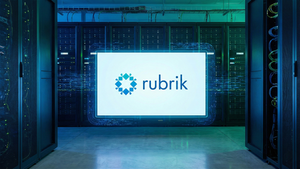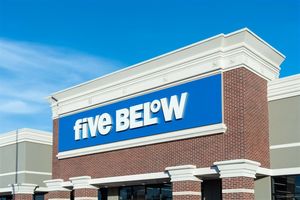By Michele Robinson-Pontbriand | Director Corporate Social Responsibility
SOURCE: Keysight Technologies
DESCRIPTION:
As Keysight’s Global Environmental and Sustainability Manager, Ju Shen Lee’s role is to develop company-wide environmental sustainability policies that work to improve the way waste is handled and lessen environmental impact. The goal is to continually improve the waste management program while driving innovation in the process.
I sat down with Ju Shen to discuss how her teams classify the waste streams generated, how Keysight manages waste, and how the company considers its progress in this space.
There are lots of different types of waste streams that companies produce, so how do you manage all of them?
Ju Shen: With so many types of waste, we start the management process by classifying them into three categories — solid, electronic, and hazardous wastes. Each category is then processed differently based on the specific type of waste.
However, regardless of category, all fall within the purview of our Keysight environmental health and safety commitment. As such, steps are taken at every possible stage to reduce the amount of waste and find alternate methods of use or disposal to limit the impact on the environment.
So, tell me about the processing of solid waste.
Ju Shen: For solid waste, we generally divide it into recycle, incinerated, and landfill waste. Of course, where possible, we always try to divert waste away from landfills. So, depending on the nature of the solid waste, it can also be repurposed for other uses to keep it from entering a landfill. For example, food waste is typically converted into compost at our larger sites with more employees. Also, where possible, we try to recycle waste like plastics, carton boxes, and wooden pallets into other usable products or simply reuse them.
How about hazardous waste?
Ju Shen: Hazardous wastes globally are highly regulated and require special handing, storage and disposal processes. As a result, we adhere to the highest safety standards to ensure safe handling of hazardous waste materials when generated at our sites.
In addition, we work with Keysight approved vendors who are permitted and licensed to safely transport and dispose of hazardous waste generated by Keysight.
Finally, there is electronic waste processing.
Ju Shen: Yes, again the key thing with electronic waste is that we need to make sure that it is managed and disposed of appropriately.
We have a process in place to ensure that when electronic waste is generated (for example, obsolete electronic equipment, IT cables, computer monitors and accessories), it is picked up by Keysight’s approved electronic waste vendors and disposed of properly. In some cases, we will destroy the equipment on-site before handing it off to a Keysight approved vendor.
With all these efforts in place, how does Keysight measure progress in the waste management space?
Ju Shen: Well, instead of working towards future-point waste management goals, we focus on continuous improvements to maintain incremental forward-progress in creating greater sustainability across the globe. We look at waste in so many ways, not just on the specific number but on processes where we can reduce any potential waste. Our aim is to constantly analyze our processes and look at ways that to continually improve.
With this approach, we've had some amazing successes that range from diverting batteries from landfills, expanding our composting program, and increasing our employee environmental awareness, to subscribing to a circular economy model for our product lifecycle. One example in the circular economy space is our global product take-back and trade-in programs that refurbish equipment and in-turn help reduce the impact on the environment.
Speaking of efforts that reduce impact on the environment, waste management isn’t Keysight’s only program in this space.
Ju Shen: That’s right, Keysight employs other programs and efforts to build a culture of sustainability. For example, based on our Environmental, Occupational Health & Safety policy that promotes the 3R concept – reuse, reduce and recycle — we also employ programs focused on energy and water conservation.
So, with all those policies, continuous improvements, and checks and balances in place, we really do have a robust system to help lessen our environmental impact. Are there areas of your work that give you the most satisfaction?
Ju Shen: Employee adoption of best practices has been fantastic and rewarding to see. With employees at sites around the world adhering to strict local and global guidelines, we can support the highest environmental sustainability performance possible. That, and of course the fact that my teams’ efforts are really making a difference in building a sustainable future.
Agreed, Ju Shen, thank you and your teams for all that you do for Keysight and the planet!
KEYWORDS: NYSE: KEYS, Keysight Technologies, sustainability, Ju Shen Lee





